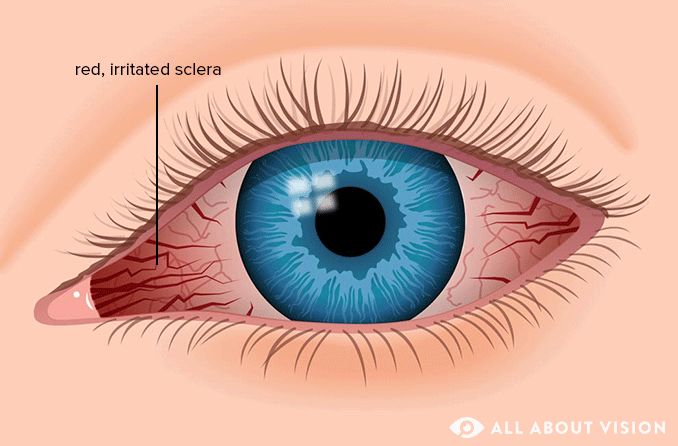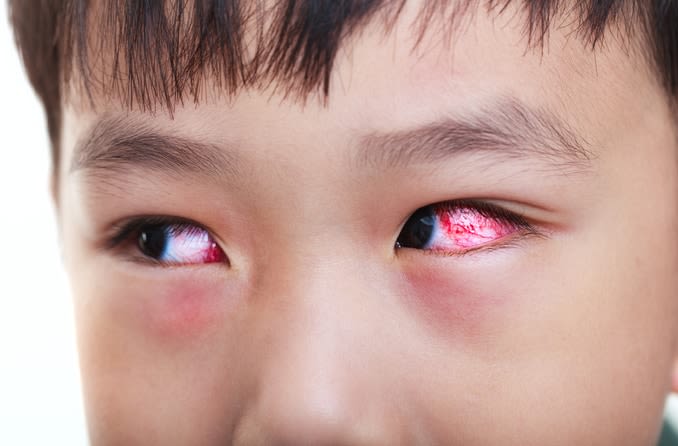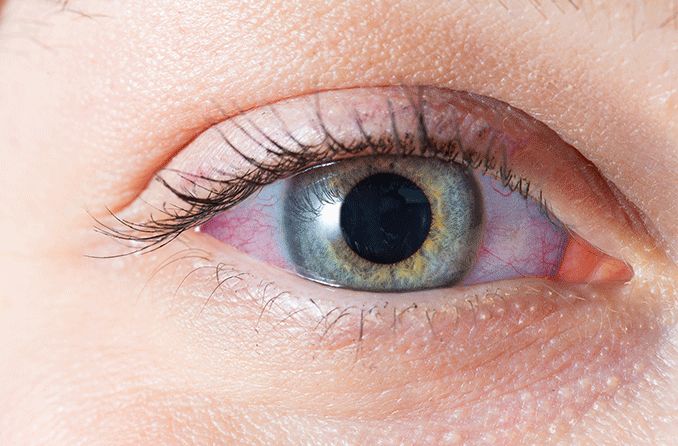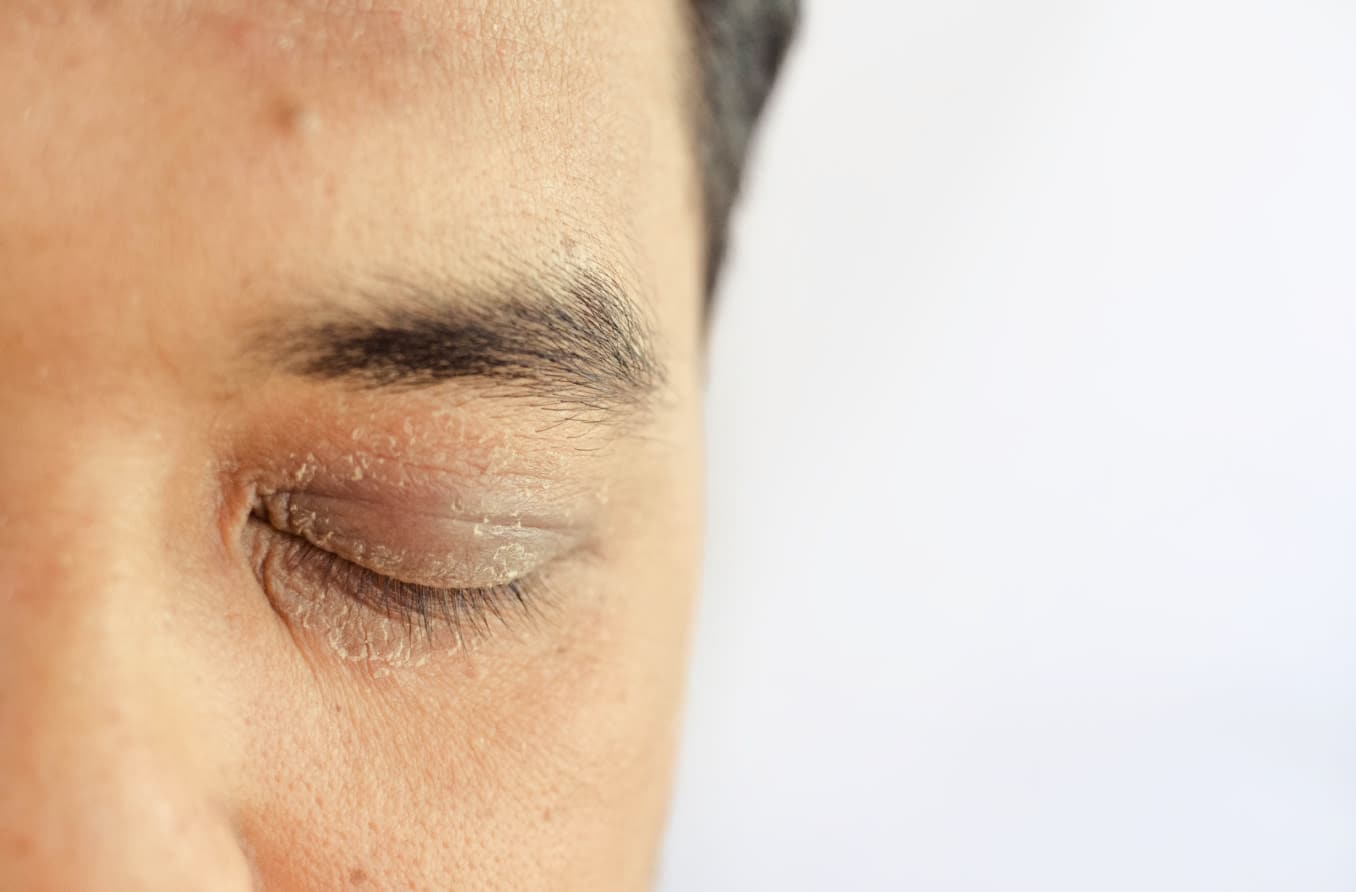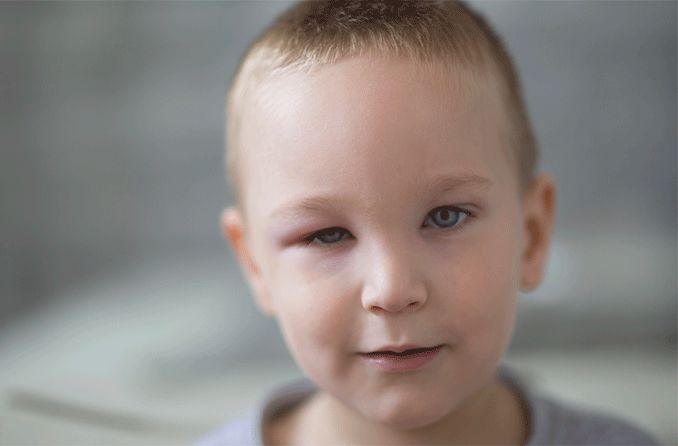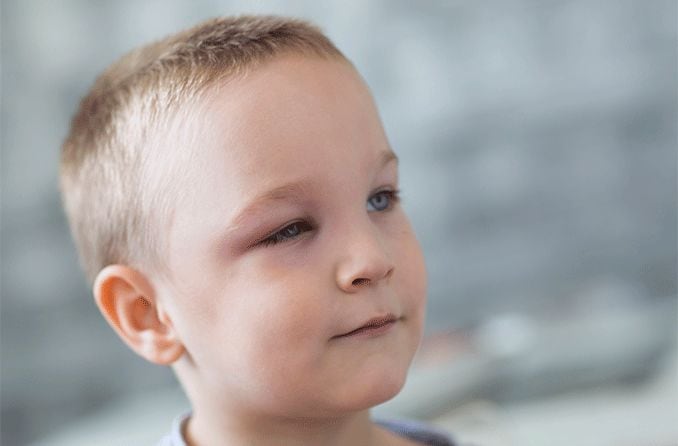Why are my eyes yellow?
Yellow eyes are usually a sign that you have jaundice. Yellow eyes can be caused by the excess use of certain medications or a number of medical conditions, some serious. Treatment depends on the underlying cause of eye discoloration.
Jaundice is a yellowing of the skin and eyes caused by high levels of a pigment called bilirubin. Even though it makes the eyes look yellow, it doesn't affect vision.
Jaundice is not a disease. Instead, it's a sign that the liver, gallbladder and bile ducts aren't functioning like they should.
Conjunctival icterus is the medical term for yellow eyes. The term scleral icterus may also be used.
What causes yellow eyes
The whites of your eyes should always look white. If this part of your eye (sclera) is anything other than white, an eye doctor can help you figure out what's causing the color change.
Yellow eyes can be caused by the following conditions:
Specific medications , including excess acetaminophen and prescription drugs like penicillin, oral contraceptives, chlorpromazine and anabolic steroids.
Acute pancreatitis , an infection of the pancreas.
Obstruction jaundice can occur when one or more of the ducts that carry bile from the liver to the gallbladder becomes blocked by gallstones. When the bile cannot flow properly, it builds up in the blood.
A pinguecula is a yellowish growth that can develop over part of the sclera, often thought to be caused by too much sun exposure. A pinguecula can be surgically removed if it gets too large or bothersome.
Hemolytic anemia, a congenital blood disorder that occurs when the blood lacks healthy red blood cells.
Malaria , a mosquito-borne blood infection common in some parts of the world.
Certain blood disorders that affect the production and lifespan of red blood cells, such as sickle cell anemia.
Rare genetic disorders that affect the way the liver processes bilirubin.
Autoimmune diseases that attack the body’s immune system. Hepatitis A, B and C viruses can infect liver cells, causing either short- or long-term hepatitis and yellowing of the eyes.
Cirrhosis , a late-stage scarring of the liver that reduces the liver's ability to filter bilirubin. Cirrhosis can be caused by many forms of liver disease, including hepatitis, non-alcoholic fatty liver disease and chronic alcoholism – all of which can cause yellow eyes.
Some cancers , including cancers of the liver, pancreas and gallbladder.
SEE RELATED: What causes red eyes?
Jaundice in babies
Jaundice is common in newborns. About 60% of all babies develop jaundice, which can include yellow eyes.
Infants born prematurely are at a higher risk because their livers aren’t mature enough to process bilirubin.
Mild cases of infantile jaundice usually clear up on their own — only around one in 20 affected infants require intervention. For moderate cases, a special light therapy is usually used to reduce bilirubin levels, often resulting in a quick recovery.
Jaundice is much less common in older children and adults. In these cases, a doctor may suspect a more concerning underlying condition that requires medical treatment.
As with newborns, the liver is the first area of focus when jaundice occurs in children and adults.
Treatment for yellow eyes
How yellow eyes are treated depends on their underlying cause.
Yellow eyes may be the most visible sign of certain conditions, but the symptoms that occur alongside eye discoloration can be just as important. These symptoms can help a doctor diagnose and treat the problem.
Accompanying symptoms might include:
Itchy skin
Fullness in the stomach
Fatigue
Fever
Pale stools
Dark urine
Loss of appetite
Nausea
Sudden weight loss
The best treatment for yellow eyes is determined by a number of tests, including one that measures the amount of bilirubin in the blood and a complete blood count, along with other liver tests.
Together with a review of symptoms, medical history, a physical exam and possibly imaging tests, the test results will help determine the diagnosis.
If the underlying cause of yellow eyes is found to be an infection like hepatitis C or malaria, a doctor may prescribe antibiotic, antifungal or antiviral medications.
If alcohol or drug use are part of the diagnosis, giving up those substances will start the healing process.
Diet can also play an important role. The liver processes and metabolizes most digested nutrients, and it works harder when foods are difficult to digest.
This includes large amounts of:
Refined sugars
Salt
Saturated fats
People with jaundice are advised to stay well-hydrated and eat more liver-friendly foods, such as:
Fruits and vegetables
Whole grains
Lean proteins
Nuts and legumes
As the liver begins to heal with treatment, jaundice (and yellow eyes) will subside.
Certain conditions, such as a blocked bile duct, may require surgery before the whites of the eyes return to their normal color.
FAQs
Q: Should I be worried about yellow eyes?
A: If you notice a rapid yellowing of your eyes, you need to see a doctor. Yellow eyes may be a sign that your liver is not working properly.
Q: Can you have yellow skin without yellow eyes?
A: Yes, it is possible to have yellow-tinged skin without having yellow eyes. One cause is if a person consumes too much beta carotene. Beta carotene is an organic compound that gives certain fruits and vegetables, such as carrots, their bright color.
Q: What vitamin turns your skin yellow?
A: The body turns beta carotene into vitamin A. Although rare, consuming too much beta carotene can cause the skin to turn a shade of yellow or orange, a condition called carotenemia. So, in theory, too much vitamin A can turn your skin yellow.
See an eye doctor if your eyes look yellow
If your eyes look yellow, don't ignore them.
When liver disease or another medical condition is causing the yellow color, prompt diagnosis and treatment is needed to prevent serious complications, including organ damage.
See an eye doctor as soon as possible if you think you're developing yellow-colored eyes.
If they suspect an underlying medical condition, your optometrist or ophthalmologist will refer you to the appropriate medical professional.
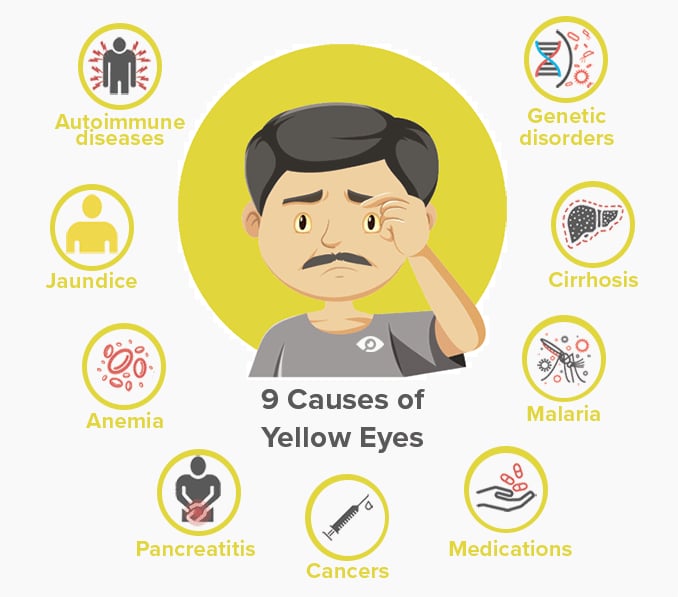
Adam Debrowski also contributed to this article.

